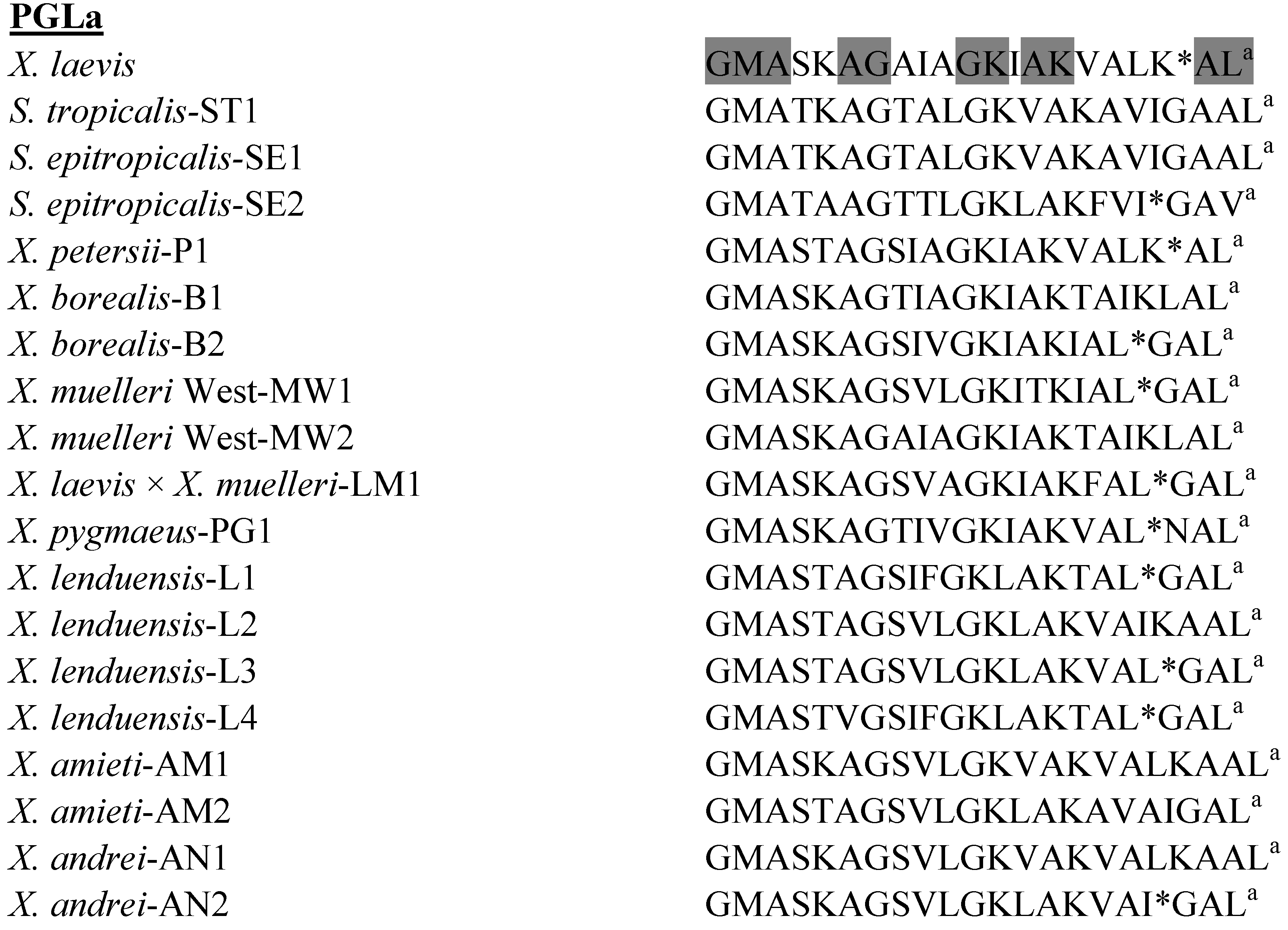

Caerulein displaced 125I-CCK binding from both acini and pancreatic membranes similar to CCK-8 although in some studies caerulein was more potent and in others less potent than CCK-8 (16, 29). Note the similar bisphasic effect on secretion.Ĭaerulein appears to exert all of its biological effects on the pancreas through the CCK receptor. A comparision of the ability of caerulein and CCK-8 to stimulate amylase release from isolated mouse pancreatic acini is shown in Figure 3.

Caerulein increased calcium mobilization and did not affect cAMP levels (11,20). When compared, the magnitude of secretion was similar although caerulein was about twice as potent (17, 29). In vitro studies have shown that caerulein directly stimulates amylase release from isolated acinar cells and acini of guinea pig, rat and mouse pancreas (20, 29, 31, 35). In studies of the perfused rat pancreas, caerulein potentiated glucose stimulated insulin secretion and amylase secretion to levels similar to that of CCK-8 (28). In the rat, similar to CCK, caerulein stimulates both a low bicarbonate fluid secretion and robust digestive enzyme secretion (12). Similar to CCK, it primarily stimulates enzyme secretion and synergizes with secretin on fluid secretion in dog (23, 30), human (5, 9, 27), pigs (6), sheep (7). Information on Caerulein and the PancreasĪs indicated above, caerulein appears to have a similar potency in vivo to natural porcine CCK-33 and synthetic CCK-8. How caerulein might have such action remains unclear.Ģ. Most commonly it is speculated to repel predators or to act as an antibacterial agent.
CAERULEIN PRECURSOR FRAGMENT 3 SKIN
The physiological role of caerulein and other frog skin peptides is unclear. Ultimately the peptides end up in secretory granules and are released into skin secretions. In addition to cleaving the precursor into smaller fragments, specific enzymes must process the amino and carboxyl terminals. For mature caerulein to be released, multiple processing steps must be involved similar to those involved in the synthesis of GI hormones. It was concluded that there was a family of precursors from several genes as well as alternative splicing (26). Interestingly, cardiovascular effects were minimal at approved dosages suggesting that the prominent effect of skin extracts may have been due to another chemical in skin or usage of a supramaximal dose.Ĭaerulein precursors were found to be multiply represented in a Xenopus skin cDNA library (15, 26). The early availability of synthetic caerulein, named Caeruletide, for X-ray exam of the gallbladder led to its use in the 1970’s for pancreatic function studies in humans (14, 33). In these early in vivo studies, caerulein was about three times as active as CCK purified from pig intestine (8). Similar to CCK, these actions required the sulfation of the tyrosine residue (18). Both peptides were powerful stimulants of pancreatic secretion and gallbladder contraction (13). Subsequent functional studies with purified and synthetic caerulein showed that its biological effects closely resembled that of CCK.
CAERULEIN PRECURSOR FRAGMENT 3 FREE
Pyr-Glu is pyroglutamate in which the free amino group of glutamic acid cyclizes to form a lactam. Amino acid comparison of Caerulein, Phyllocaerulein and CCK-OP. This blocking group reduces susceptibility to inactivation by amino peptidases.įigure 2. Both peptides bear a carboxyl terminal amide group but caerulein also has a blocked amino terminal with pyroglutamine as the initial amino acid. Caerulein contains a sulfated tyrosine and the C-terminal seven amino acids are identical to CCK octapeptide except for a Thr residue substituting for Met. The amino acid sequence of caerulein and a related peptide, phyllocaerulein, from South American Hylid frogs (2) is shown in Figure 2. Sequencing of the peptide showed striking resemblance in amino acid sequence to the carboxyl terminus of cholecystokinin (CCK) and gastrin. Subsequently caerulein was identified in other Australian Hylids, in the South American frog, Leptodactylus, and in the South African toad, Xenopus laevis (3, 10). Most of the early research was centered in Italy and carried out by the research group of V. It was identified based on its pharmacological action to lower blood pressure in extracts of the skin of the Australian Green Tree Frog (Figure 1) then known as Hyla caerulea (4) (Note 1). Gene symbol: LOC397740 (Caerulein Xenopus Laevis)Ĭaerulein is a` decapeptide with biological activity on GI smooth muscle contraction and pancreatic and gastric secretion.


 0 kommentar(er)
0 kommentar(er)
